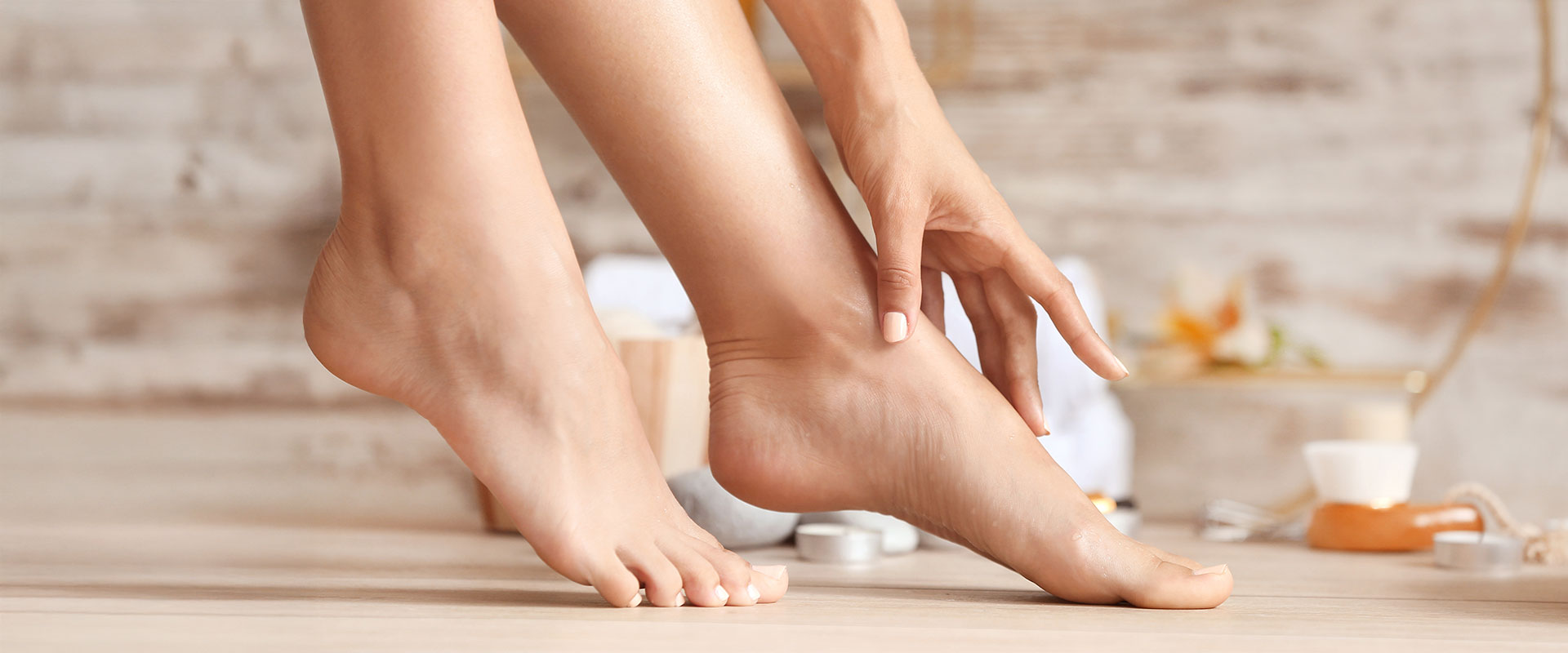Anatomy of the Human Foot
Each human foot is made up of 26 bones, totaling 52 bones in both feet—nearly a quarter of all the bones in the human body. These bones are grouped into three sections:
- Tarsals (7 bones): These form the rear part of the foot and include the calcaneus (heel bone) and talus (which connects the foot to the leg).
- Metatarsals (5 bones): These long bones run through the middle of the foot.
- Phalanges (14 bones): These make up the toes—each toe has three phalanges, except for the big toe, which has two.
In addition to bones, the foot contains 33 joints, over 100 muscles, tendons, ligaments and a complex network of blood vessels and nerves. The plantar fascia, a thick band of tissue that spans the bottom of the foot, is especially important for supporting the arch and absorbing impact.
The foot also has three arches—the medial longitudinal arch, the lateral longitudinal arch, and the transverse arch. These arches work like springs, helping distribute body weight and adjust to uneven surfaces.


The human foot is one of the most complex and essential structures in the body. Despite their importance, most people are unaware of the intricate anatomy and fascinating mechanics that make our feet such remarkable tools of movement.
Common Foot Injuries and Ailments
Due to the stress they endure daily, feet are prone to a wide range of injuries and conditions. Some are common, while others are unique to the foot.
Plantar Fasciitis
This is one of the most frequent causes of heel pain. It results from inflammation of the plantar fascia and can cause sharp, stabbing pain—especially with the first steps in the morning.
Flat Feet (Pes Planus)
Flat feet occur when the arches collapse or don’t form properly. While some people experience no discomfort, others may develop pain, swelling or fatigue in the feet and legs. More info…
Bunions (Hallux Valgus)
A bunion is a bony bump that forms on the joint at the base of the big toe. It develops when pressure causes the big toe to lean inward, leading to joint misalignment.
Morton’s Neuroma
This condition involves a thickening of tissue around a nerve between the toes, usually the third and fourth. It can cause a burning or tingling sensation, often described as walking on a pebble.
Hammertoes and Claw Toes
These deformities result from imbalance in toe muscles, causing the toe to curl or bend downward. Over time, they can become rigid and painful, often requiring medical correction.
Tarsal Tunnel Syndrome
Similar to carpal tunnel syndrome in the wrist, this involves compression of the tibial nerve in the tarsal tunnel (located near the ankle). Symptoms include tingling, burning, and shooting pain into the foot.
Sign Up for Our Newsletter
Join our mailing list to receive first notice on FREE content, Perks and upcoming events.
Meditate: Meditation reduces stress, improves concentration, and can enhance self-awareness, helping in mental well-being.
Foot-Specific Diseases
- Charcot Foot: A rare but serious complication of diabetes where the bones in the foot weaken and fracture, eventually leading to joint collapse if untreated. More info…
- Gout: Though it can affect other joints, gout commonly strikes the big toe. Caused by a buildup of uric acid crystals, it results in sudden and severe pain.
- Athlete’s Foot (tinea pedis): A fungal infection that thrives in warm, moist environments, causing itching, redness, and peeling—especially between the toes.
- Foot Ulcers: Particularly in people with diabetes, ulcers on the bottom of the foot can form due to poor circulation and nerve damage, and they can lead to serious infections.
Caring for Your Feet
Given their importance, foot care is essential but often neglected. Here are a few key tips:
- Wear proper footwear: Supportive, well-fitted shoes can prevent many problems.
- Inspect regularly: Especially for those with diabetes or circulation issues, daily foot checks can catch issues early.
- Stretch and strengthen: Exercises like toe curls, calf raises and rolling a tennis ball underfoot can keep the feet strong and flexible.
- Keep them clean and dry: Proper hygiene prevents fungal infections and keeps skin healthy.
Amazing Foot Facts
- Each foot has around 250,000 sweat glands, capable of producing up to half a pint of sweat a day.
- The Achilles tendon, connecting the calf muscles to the heel bone is the strongest and thickest tendon in the body.
- Your feet can mirror your overall health. Early signs of conditions like diabetes, arthritis and circulatory disorders often show up in the feet first.
- The average person takes 8,000 to 10,000 steps per day—about 115,000 miles in a lifetime. That’s equivalent to walking around the Earth more than four times!


